TSOTA x TRS Studio Visits is a collaboration between The State of the Arts and The Royal Standard. TRS is a an artist-led gallery, studio and social workspace in Liverpool, working with over 40 artists. Every month we will be presenting interviews and studio visits with artists working in the space and chatting to them about their process, tools and the meaning of art-making. This month, we chatted to George Welch.
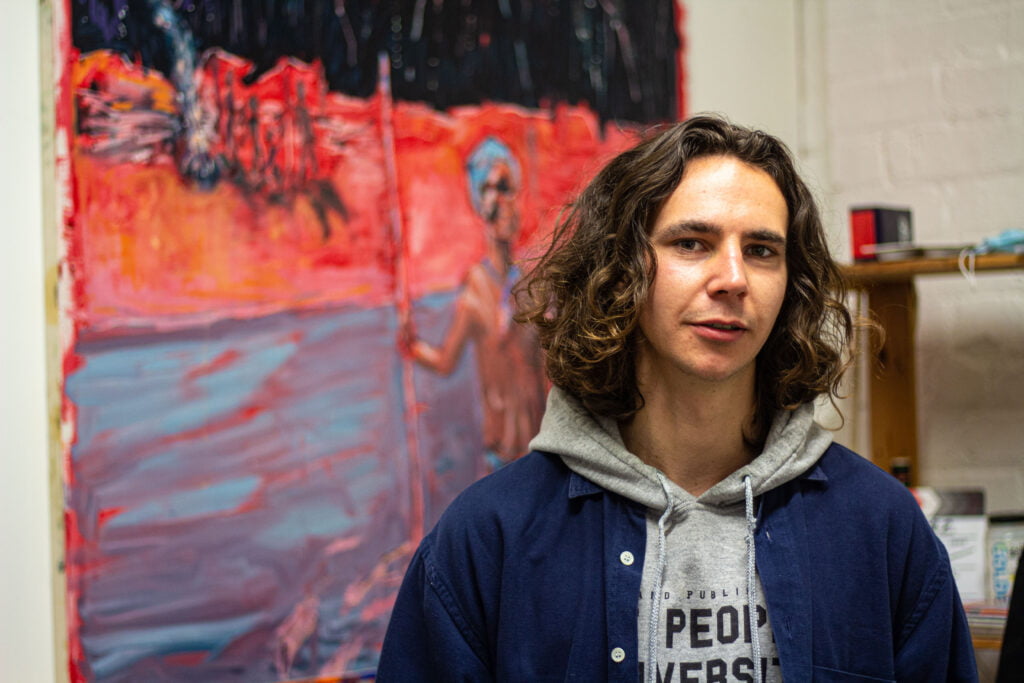
Photo: Daniel O’Dempsey
Can you tell me a little bit about your practice in general? What type of subjects do you look out for? For example, I’ve seen in the past you referenced ‘Lord of the flies’ as your inspiration.
So my practice centres around primarily painting, working with collage and oil paint, choosing to create work with a somewhat D.I.Y approach to the process of making. I’d say my practice is very immediate and I think it lends itself to a less premeditated way of working, I think this keeps the work fresh and vital, and surprises me at times. The process is very natural and the paintings seem to transition, they are almost alive in a way, growing like a human from birth and changing as they get older. I’m not sure how much of that is true but it seems like a poetic way of understanding the making of something.
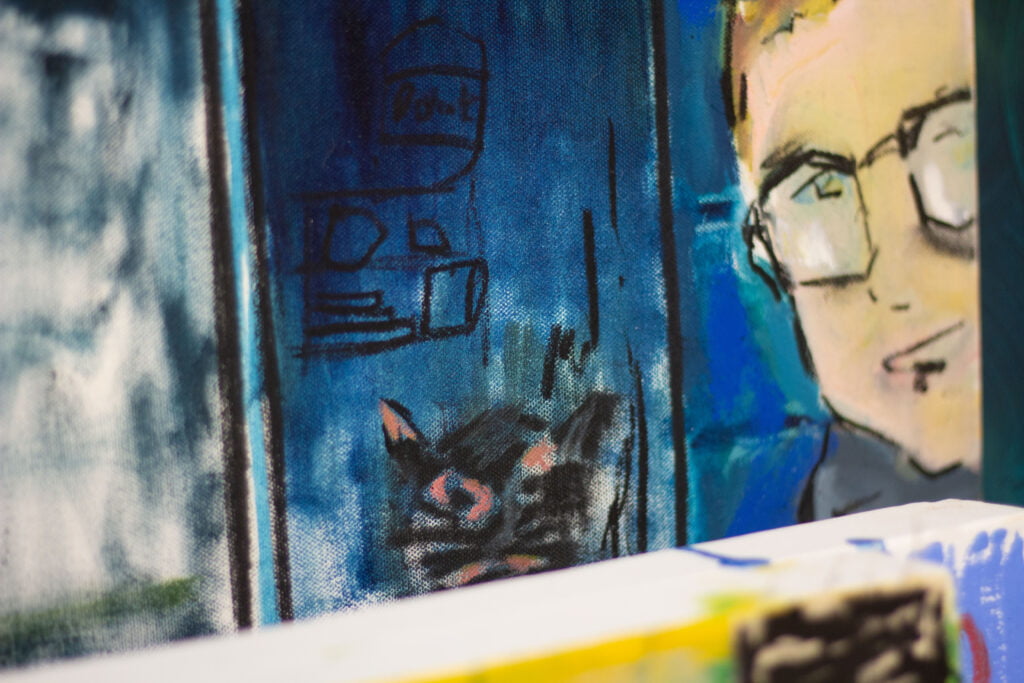
Photo: Daniel O’Dempsey
I often find myself inspired by life’s experiences and jot down lyrics, phrases and anything else that seems to resonate in some way. I think in other ways outside of these inspiring things, it can be closer to an attitude that I bring to the work, than any given thing. I think that’s what makes the paintings interesting, it plays with aesthetics but then seemingly explores something deeper with colour and how this really acts as a vessel for something that can’t be grasped through drawing or words either. These languages are universal and span culture, language, race and become something between the universal and the ethereal.
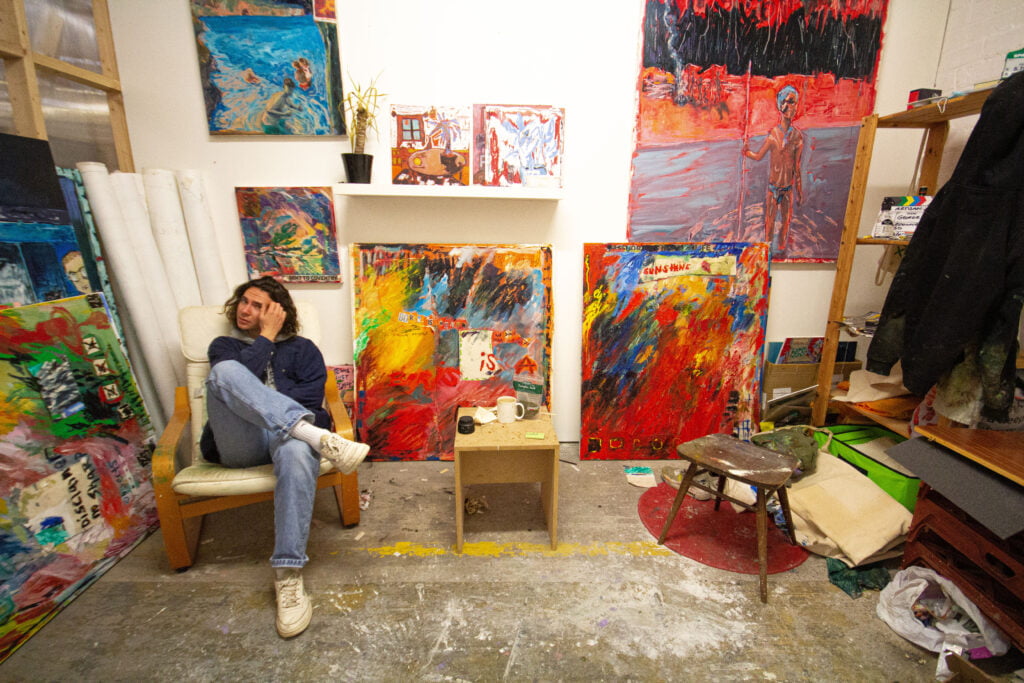
Photo: Daniel O’Dempsey
Do you make many preparatory sketches?
Drawing for me has always been separated from painting, maybe less so when working more figuratively but I think drawing for me investigates something else entirely different, it documents moments. You could say it is similar to journaling, I guess.
From the work that I’ve seen, a lot of your paintings have a layer of red underpainting, is there a reason for this and the specific choice of colour?
I remember first discovering underpainting whilst studying. An artist I knew was making these beautiful architectural/landscape paintings at the time and from then on I began to experiment with underpainting. I think for me red has this luminescent quality, it has the ability to really bring a lot of energy to a painting. I think it charges the other colours allowing you to play with space also. For me when I paint it has always been flirting with trial and error and creating moments in the work that build up over time this allows my work to grow into itself shedding things that don’t work and retaining others that do.

What is it about oil paints that attracts you to the medium?
I think oil paints are fantastic and silky in a way. They often take a lot longer to dry which also allows me to step back from the work and reflect on the process and the piece to identify what is working and what is doing what can only be described as “heading into the mosh pit with your elbows up”. If it can feel like that we are on the right track. I think what is really exciting about making these works is the surprise. I love feeling like I’ve made something that is exciting for me but also intriguing. This is why I love painting so much as it often transcends words which is simply fantastic.
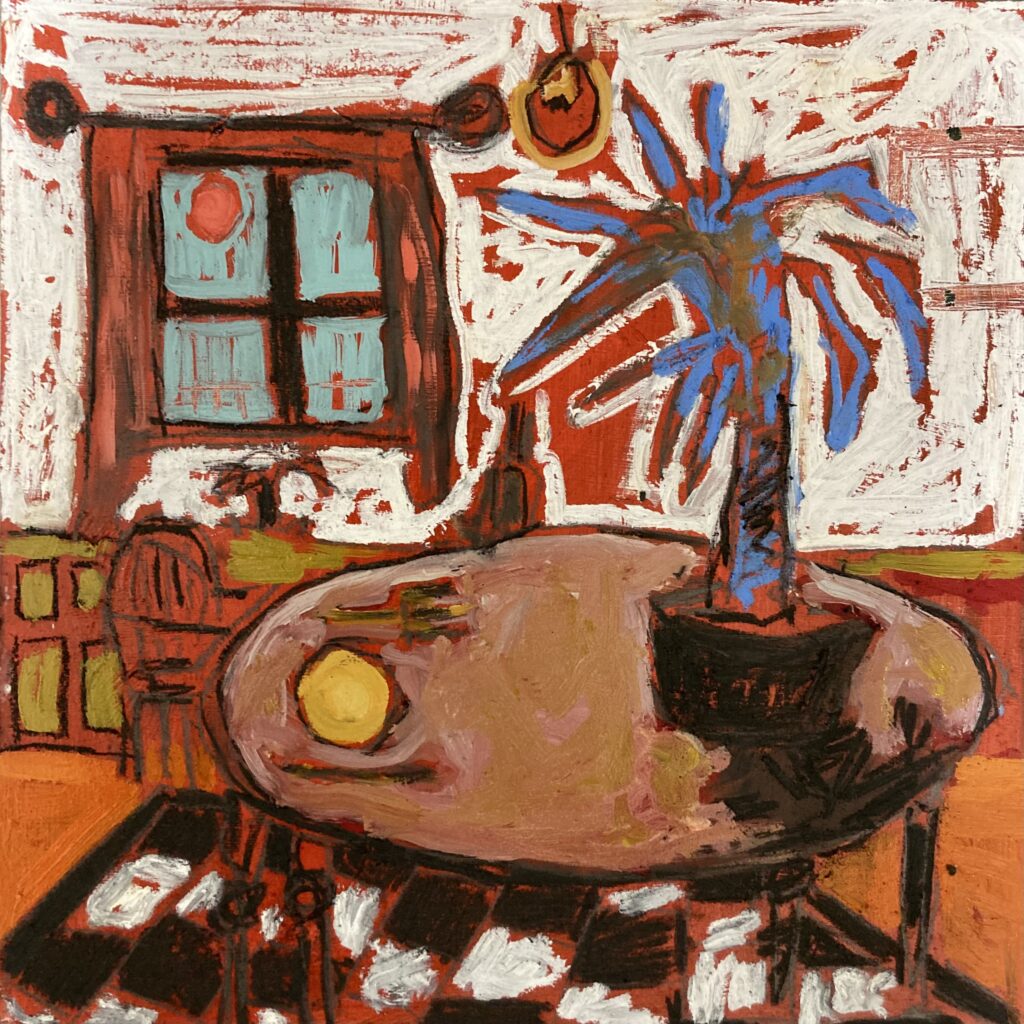
Some of your pieces seem to hinge on figurativeness but flirt with abstraction, especially works like ‘B.I.A.M.’ that you’ve been sharing on social media more recently appear more collaged and ‘free’ in their composition. Can you talk a little about this shift from figurative to abstract?
I suppose since being at The Royal Standard my work has changed a lot when I look back. I used to love making landscape paintings during my study but I think once I regained my practice again after graduating I just wasn’t as interested in making landscapes. They seemed beautiful but similarly one dimensional at the same time, I think they never truly delved deeper than painting a particular scene or an image. I was always searching for a soul within the works, maybe that is why I was so interested in a lot of traditional master painters like Van Gogh, Matisse and fauvism.
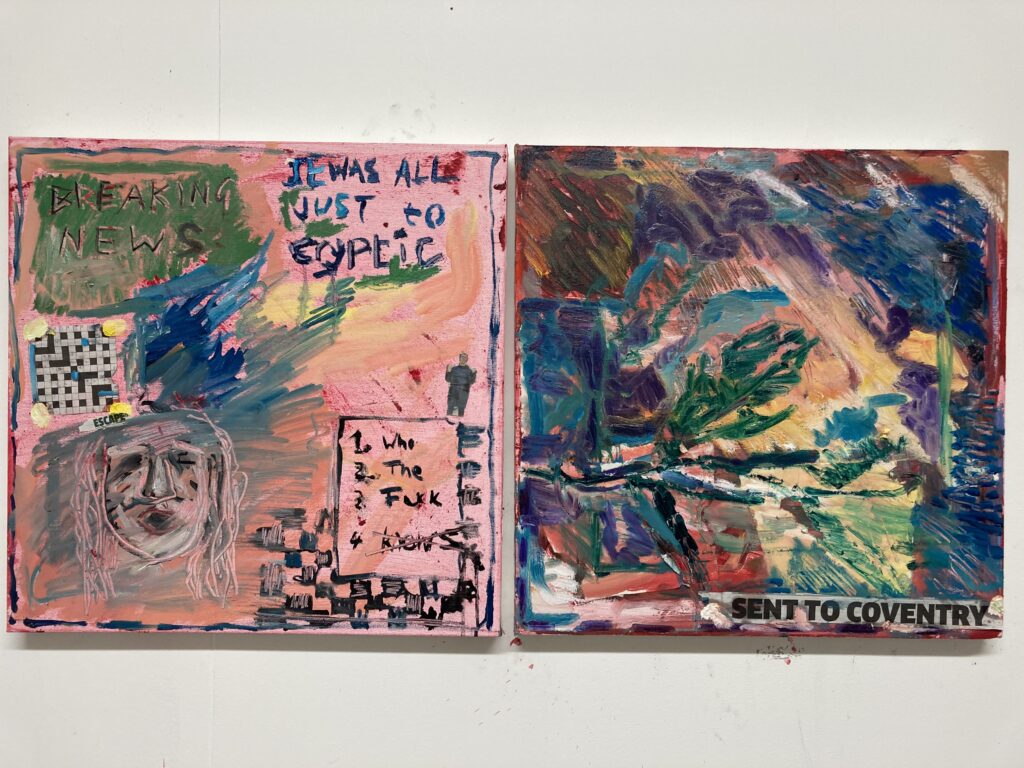
I suppose this is what has driven the work from more figurative sensibilities to a more abstracted way of working. Figurative work offers me joy in the making of something that I can relate to like a memory or an idea. It is either successful or not, and does what I set out to do beforehand… Now the abstracted works surprise me in an intuitive, seamless way. I think even at the end they allow me to join in a discussion with the audience. I think a main reason for the shift is the unbridled nature of painting abstract works very freely and openly taking it out of boxes and constraints. I believe this is where an authentic language can be created. Also I’m sure like anything I’ll return to figurative works as they do still interest me, I love Rose Wylie and her incredible ethos.
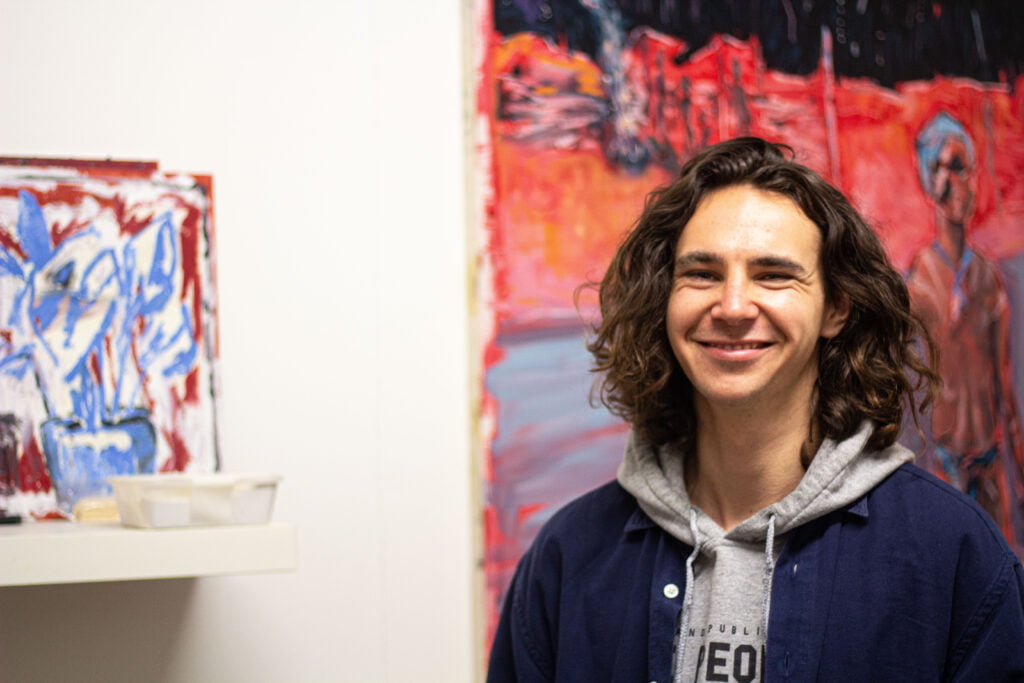
Photo: Daniel O’Dempsey
How has it been making work ‘on your own’ since graduating?
I underwent my studies in Leeds and once I graduated I moved back to Merseyside. With a global pandemic life has been tough but I’ve felt a lot of growth in and out of my practice. I found a place to live outside of my parents house which allowed me to start painting again as I couldn’t be too messy at home, my walls in my room still have paint on and I love it. I think these times were really great and I wouldn’t change them. I made my own canvases at home and invested in house plants, I bought a guitar and had access to a continuous stream of food.
Nevertheless I began thinking about the network I had and becoming more involved in an art scene so I applied for The Royal Standard. I’d recommend any artist to integrate with other artists. It’s helped me no end. During lockdown the studios stayed open and allowed me to produce regularly and have discussions and crits with other artists, which has really pushed my work in directions I think I would have never seen if I hadn’t made this step. I’ve learnt so much more practically from this part in my life than I think my degree taught me. I think since graduating I have really found my feet with my practice and for that I am very grateful. I’d also like to add that I have met some incredible artists that have inspired me to really enjoy being an artist and try to establish a career for myself as a painter.
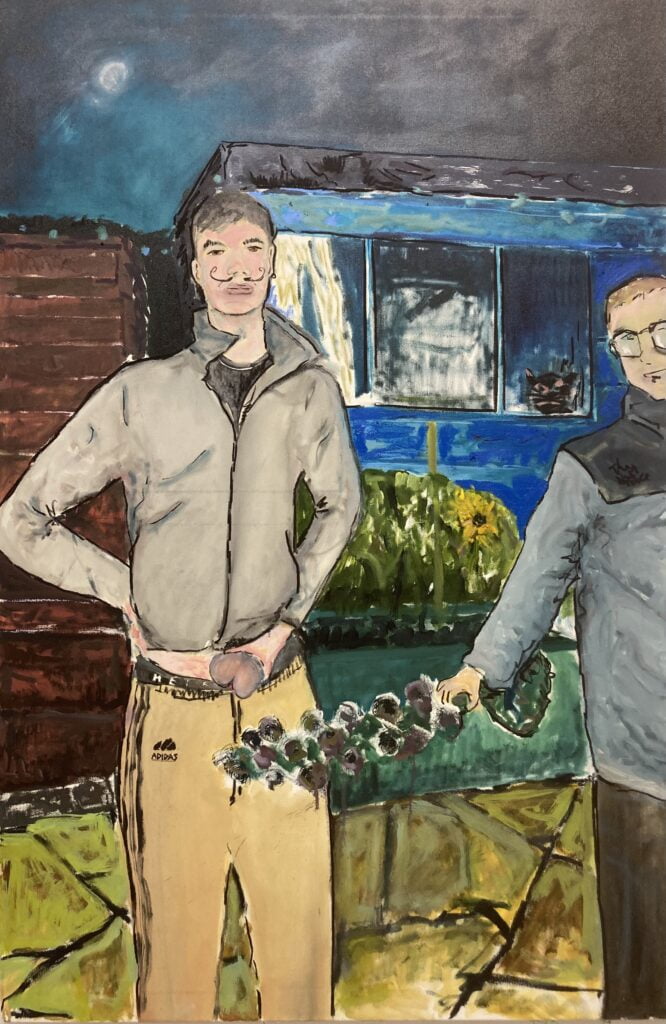
Do you have any rituals in your studio?
My rituals in the studio… I’m not sure if I have any rituals in the studio as such. I almost always find someone to shoot the shit with and then I suppose I put some music on and get cracking. I know that doesn’t sound all too intriguing does it, but I think the ritual is just as much coming in as any special blessings of my hallowed white walled room. Although I’ve recently started to use the walls as an extension of my sketchbook, with the creation of my ‘Willy Wonka Wall’.
What is the one tool in the studio you couldn’t live without?
This question really took me a while to answer as I don’t believe it’s about any given tool, I find whatever is lying about is a tool really, I could have said the obvious (brushes) but I use my hands sometimes when I paint and it saves me cleaning them all. I’ve decided on My comfy chair that resides in the room – I think it has something to do with quiet reflection. I think it’s important for me to sit back and reflect on paintings to understand and make considered decisions based on what I’m feeling. I think this was also a better choice than the keys to let me in the studio, although they are essential.
Filed under: Art & Photography
Tagged with: abstract, art, brushes, collage, colour, experiment, figurative, inspiration, lyrics, oil painting, paint, painter, painting, Studio, underpainting
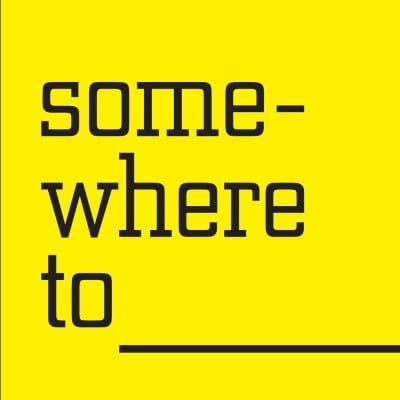
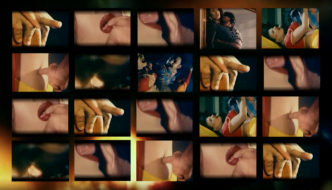
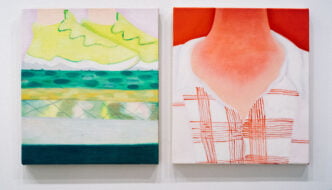
Comments